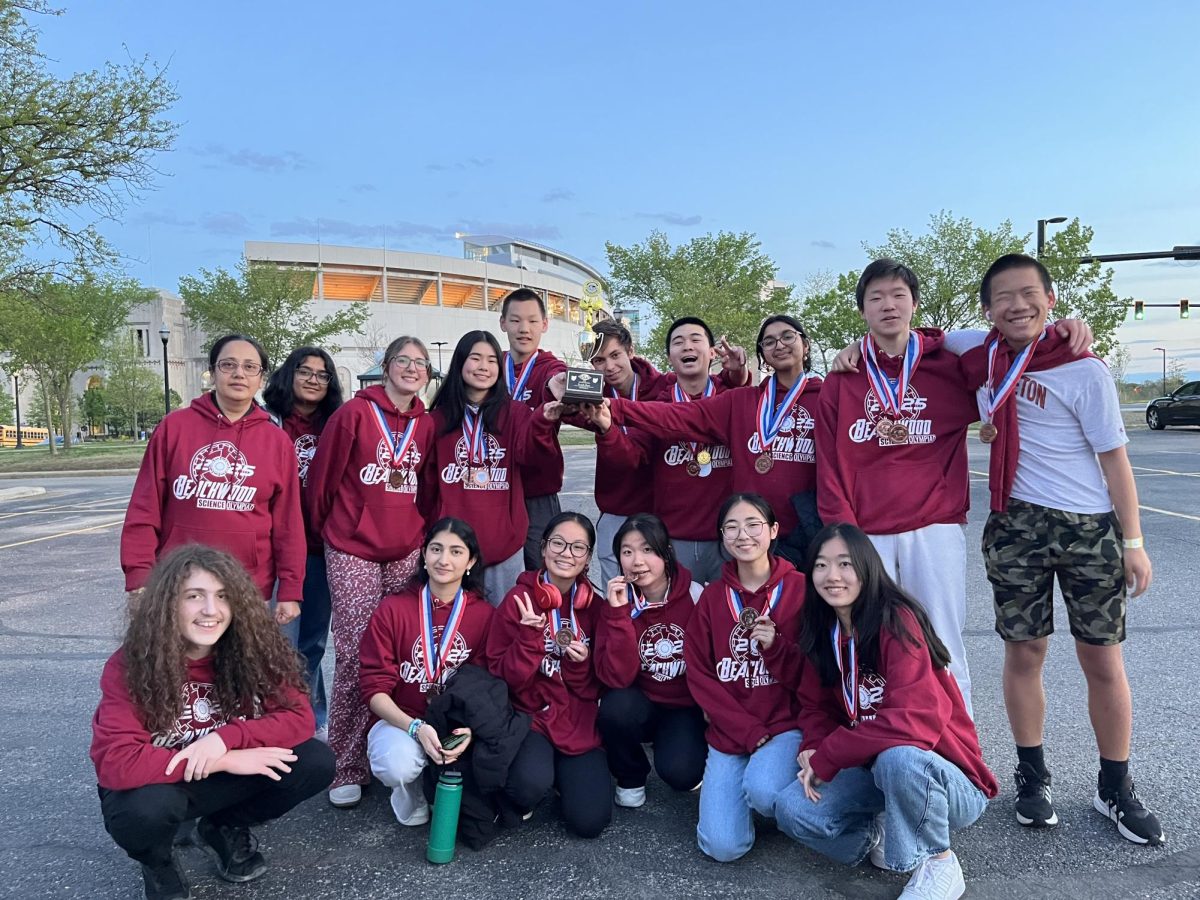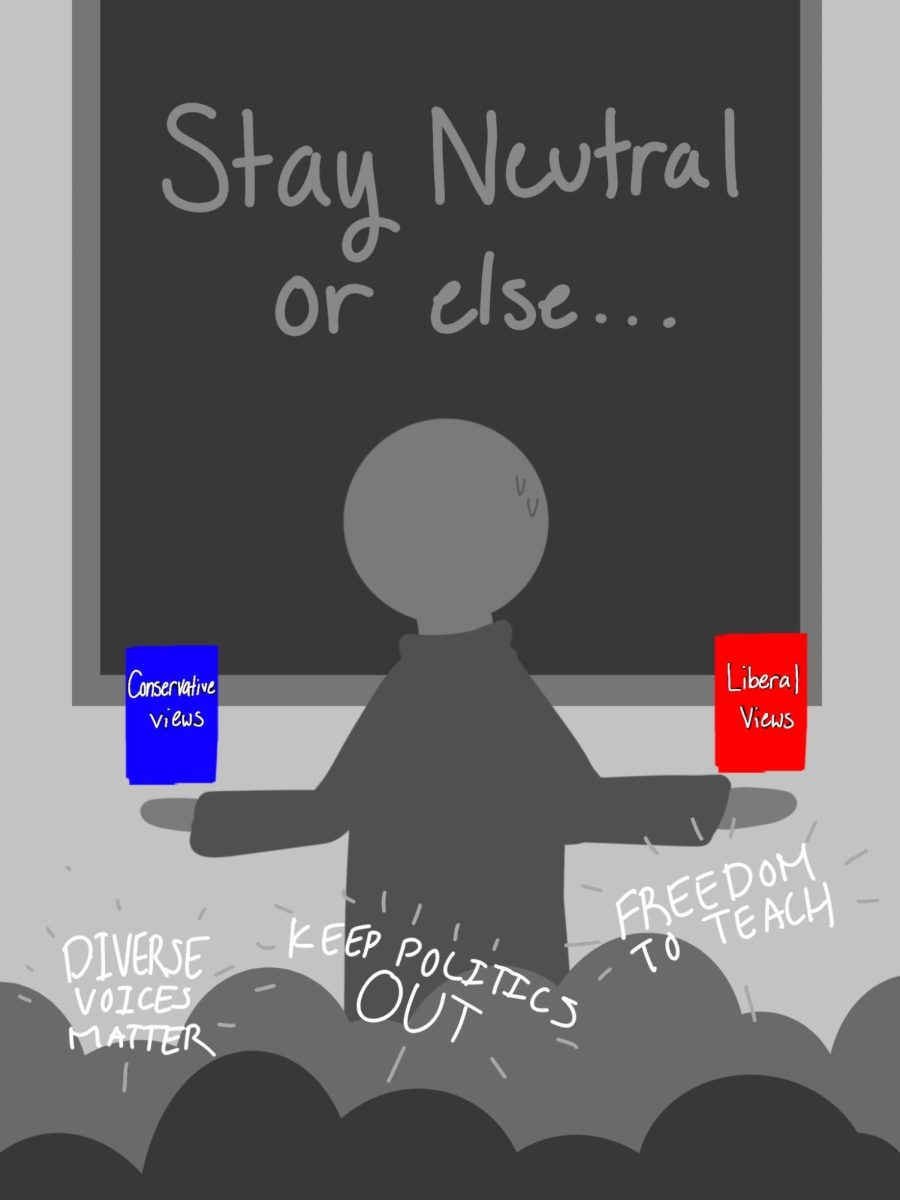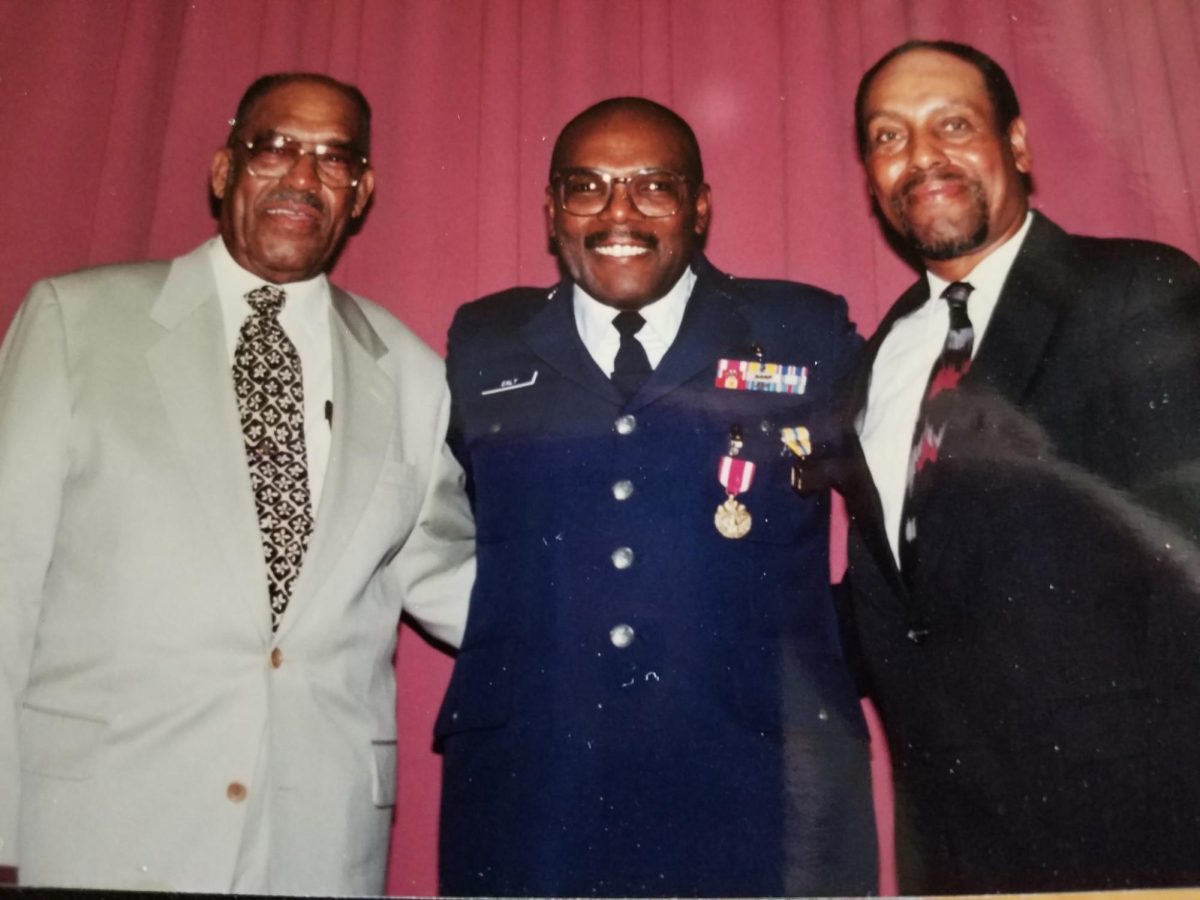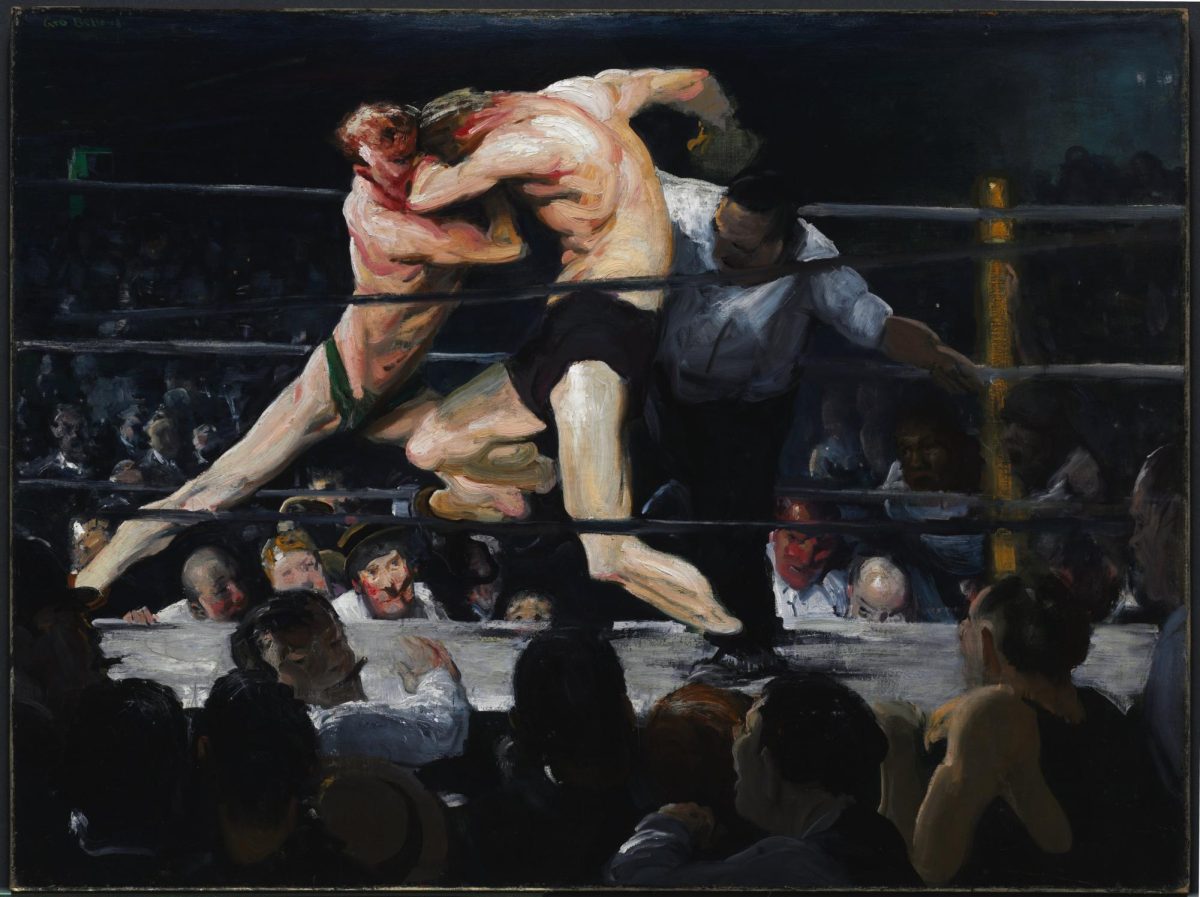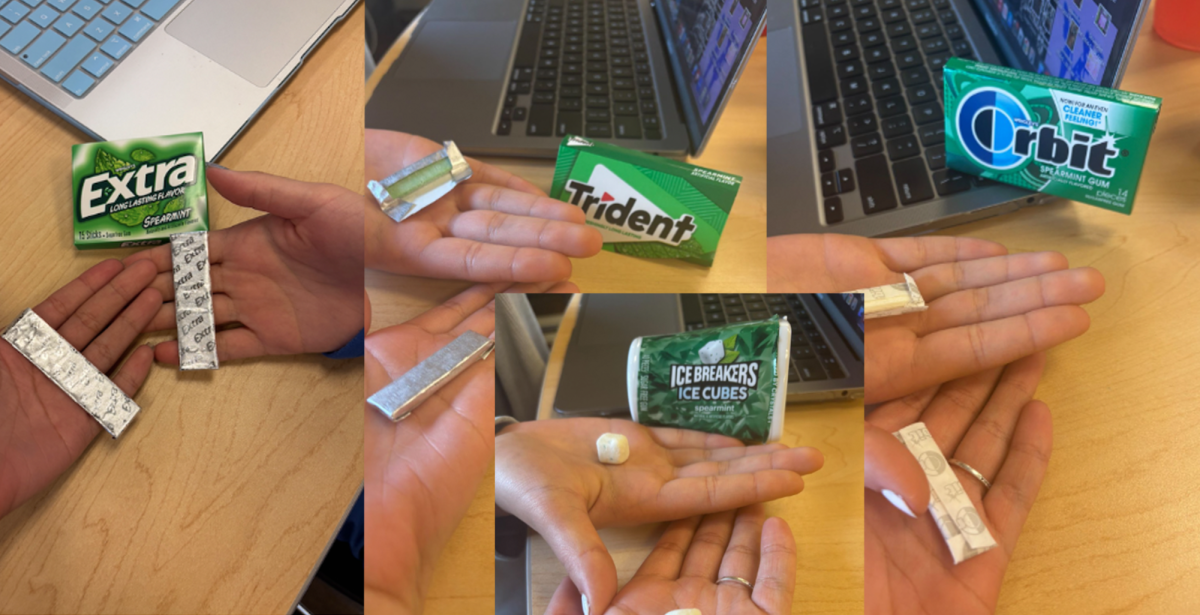The Supreme Court issued a landmark ruling on June 29 against the use of race during college and university admissions in the cases of Students for Fair Admissions (SFFA) v. University of North Carolina at Chapel Hill and SFFA v. President and Fellows of Harvard College.
Post-secondary schools are no longer allowed to consider race during the admissions process. Doing so is a form of affirmative action, which is the practice of favoring applicants from a disadvantaged background in contexts such as employment or education decisions.
“[Each] student must be treated based on his or her experiences as an individual – not on the basis of race,” Chief Justice John Roberts wrote in the decision. “Many universities have for too long done just the opposite… They have concluded, wrongly, that the touchstone of an individual’s identity is not challenges, skills built, or lessons learned but the color of their skin. Our constitutional history does not tolerate that choice.”
However, the Court’s decision allows an exception for military academies.
“The opinion also does not address the issue, in light of the potentially distinct interests that military academies may present,” Roberts wrote.
Immediate Impact on Admissions
It seems likely that colleges and universities will keep trying to admit diverse groups of students, but without a formal preference based on racial background.
“The decision said that schools can certainly maintain their mission to enroll a diverse student body,” Bryan Adamson, Associate Dean for Diversity and Inclusion at Case Western Reserve University School of Law wrote in an email. “The decision leaves intact holistic college admissions and recruitment efforts that seek to enroll diverse classes without using racial classifications.”
The Beachcomber also reached out to Ohio University and Cleveland State University for comment, but they did not respond to questions. As of late September, colleges seemed to still be figuring out how this decision will impact the 2024 admissions cycle.
Race-conscious admissions may now be prohibited but legacy admissions appear to still be used as selection criteria in most competitive schools, to the chagrin of many applicants. Legacy admissions, also known as legacy preferences or alumni connections, refers to the policy of a student’s odds of admission to increase simply because the applicant is related to an alumni.
Wesleyan University, a liberal arts university in Connecticut, ended legacy admissions just weeks after the Supreme Court struck down affirmative action.
“With the Supreme Court’s decision to ban race-conscious admissions, the pressure is on selective colleges to end preferences for children of alumni,” the New York Times wrote.
Meanwhile, colleges and universities are likely to try a variety of new approaches to meet their goals.
“I think there will be a lot of experimentation in admissions, as there should be over the next decade,” Columbia University President Lee Bollinger told NPR.
SFFA Lawsuits
Both Harvard and UNC utilized a highly selective admissions process which can depend on a student’s grades, standardized test scores, recommendation letters, extracurricular activities and even their race. The question presented to the Supreme Court was whether the admissions systems used by Harvard College and UNC were lawful under the Equal Protection Clause of the Fourteenth Amendment.
The group leading the charge against affirmative action, Students for Fair Admissions (SFFA) is a nonprofit membership group of over 20,000 individuals whose stated purpose is “to defend human and civil rights secured by law, including the right of individuals to equal protection under the law.”
SFFA believes that racial classification in college admissions is unfair and unconstitutional and filed suit against both Harvard College and the University of North Carolina at Chapel Hill, on the basis that the universities were allegedly lowering or raising the application criteria based on an applicant’s race.
In a 6-3 ruling, the court ruled with a conservative majority led by Chief Justice John Roberts that Harvard and the University of North Carolina’s admissions programs violated the Fourteenth Amendment’s equal protection clause.
In its opening brief, SFFA asked the Court to completely eliminate affirmative action by asking it to overturn Grutter v. Bollinger (2003) a landmark affirmative action case.
Each applicant to Harvard College had been given a numerical score in six categories. The Harvard Crimson reported on July 30, 2023 that Asian American applications incorporated statistically better test scores, higher grades and better alumni interview reviews but received much lower scores in the personal characteristics section compared to white applicants.
Students for Fair Admissions alleged that these statistical discrepancies were evidence that Harvard used the personal ratings section to depress Asian American admissions and effect an unspoken quota.
SFFA’s persistent pushback (shown in their appeals after losing cases prior) on affirmative action has finally resulted in victory for the organization, and during a press release following the Supreme Court ruling, SFFA applauded the Court’s decision.
“[This ruling] marks the beginning of the restoration of the colorblind legal covenant that binds together our multi-racial, multi-ethnic nation…these discriminatory admission practices undermined the integrity of our country’s civil rights laws.”
Arguments for Affirmative Action
SFFA sued Harvard in 2014 and the court ruled in Harvard’s favor in the lower court and again in the appeal in 2020. Judge Allison Burroughs ruled in favor of Harvard in a 2018 decision and explained her ruling.
“Race-conscious admissions programs …will have an important place in society and …ensure[s] that colleges and universities can offer a diverse atmosphere that fosters learning, improves scholarship, and encourages mutual respect and understanding.”
Connecticut College is one of many universities that issued a statement on their website regarding the barriers that still exist for discriminated groups.
“Diversity is desirable, but without a concerted effort to attract students and faculty from different identity groups, higher education communities would not be very diverse,” the college stated.
The college also argued that affirmative action is desirable because it helps create a level playing field and improves the culture of the learning environment.
“The contribution [of diverse students] adds to the quality of a place,” the college added.
The Center for American Progress, a liberal policy group, published research about the demographics of universities compared to the states. They found that students of color remain underrepresented on state college campuses compared to the demographics of the state.
“Black students constituted 50 percent of 2015-2016 high school graduates in Mississippi, but were just 12.9 percent of University of Mississippi undergraduates,” the study found.
When all is said and done, the central question that the court considered in the SFFA cases was what the U.S. Constitution allows colleges and universities to do in order to remedy the effects of historical discrimination. Adamson, the Case Western Dean, explained the two sides of the issue:
“It’s a gross oversimplification, but… there is the argument that the Constitution allows the government to remedy past discrimination experienced by historically marginalized people, even if it means it burdens those who have not experienced such marginalization.”
“Others argue that any attempt to advantage one race over another violates the Constitution, regardless of any benign purpose,” he wrote.
How Colleges are Responding
Many colleges and universities around the country have responded to the Supreme Court’s landmark decision on SFFA with statements supporting a racially and culturally diverse student body and school community.
William P. Leahy, President of Boston College, expressed frustration over the departure from a decades-long precedent.
“Consideration of race in admissions decisions has enabled higher education institutions like Boston College to identify, enroll and graduate talented students from diverse racial groups… [and] has greatly benefited,” Leahy wrote in a statement.
Boston College intends to continue to enroll a diverse and talented population while remaining within the parameters of the Court’s ruling.
Boston College will also allocate millions of dollars to need-based undergraduate financial aid. “[This] includ[es] more than $166 million in the 2023-2024 academic year,” Leahy wrote on June 29 in a response to the ruling.
Many universities and colleges will be implementing such strategies to preserve their student demographics.
“The decision does not prevent [students] in [their] personal statements, from discussing how race has shaped and formed your experiences in triumphs or challenges,” Adamson wrote. “You can talk about race and not be denied admission for it. The decision says only that the college or university cannot ask you your race.”
Case Western Reserve University announced on Sept. 13 that it will cover the total cost of attendance for eligible high-school graduates from the East Cleveland City School District and the Cleveland Metropolitan School District (CMSD), both minority-majority districts. Case representatives were not able to comment on any correlation between the Supreme Court ruling and this new program.
So while the Supreme Court’s ruling still stands, colleges, universities and applicants can and most likely will work around the decision to continue to create communities of people of many backgrounds and experiences.
Student Opinions
The Court’s decision will impact post-secondary schools in the United States, and many have taken positions in response to the ruling.
“This case is not about educational equity or protecting the educational interests of a particular racial or ethnic group… [but] the latest attempt to advance the misguided arguments for race blindness,” stated Dennis Parker, director of the American Civil Liberties Union Racial Justice Program, “If you cannot acknowledge someone’s race, you risk not acknowledging them.”
BHS students also hold a wide range of opinions on the issue.
“I recognize that affirmative action would have potentially pushed my chances of being admitted into a college because affirmative action would have made my African heritage stand out,” Ethiopian American junior Eliana Worku wrote in an email. “However, the removal of affirmative action makes the college admission process more than checking a singular box, and it has made me reflect on how my race impacts my story as a student and a U.S. citizen.”
Indian American senior Siya Gulia, who also feels impacted by this decision, is more worried about the impact of the court’s decision.
“I think it’s a terrible decision… affirmative action puts a lot of minorities in the right place…that they genuinely deserve,” she said.
Gulia is concerned about what college demographics will look like in the future.
“[Colleges] are going to look identical in that [student populations will be] all white people, a few Asian people… I just don’t think that that’s the right place for this country to be,” she said.
After an affirmative action ban in the state of California in 1996, universities such as UC Berkeley showed a decrease in Black, Latino and Native American students, and an increase in Asian and White students by 2021, with 52% of the student population being Asian students.
Not all students believe that the decision was detrimental to students of color.
“The decision doesn’t negate the impact of race; instead, it fosters a more profound and rich concept of diversity, one that goes beyond meeting mere equality benchmarks,” Asian American junior Radha Pareek said. “I look forward to seeing a reformed admissions process that values leadership, character and merit within and beyond the context of any individual’s background.”
“A student’s race should not affect their chance of being admitted to colleges,” wrote African American freshmen Maverick Morris. “Admitting someone due to their race over academic achievement is a flawed policy.”
Others found the decision beneficially impactful.
“I believe that it’s unfair to selectively admit students Into college by using race as a deciding factor rather than their educational skills… [and] to admit someone who may not be as qualified as another student due to their racial background,” wrote Junior Isaac Gorodeski, a Jewish student of European descent.
Both Worku and Pareek emphasized their feelings on legacy admissions.
“Legacy admissions perpetuate advantages for those born into privileged families and further preserves inequality,” Worku wrote.
How Affirmative Action Bans Affected California and Texas Schools
Nine states in the US already bar affirmative action, including California and Texas. Proposition 209 prohibited public schools and other state entities from using race, ethnicity or sex as criteria for acceptance or admission.
After the ban took effect, enrollment among Black and Latino students at UCLA and UC Berkeley fell by 40%, according to a study published in 2020 by the UC Berkeley Goldman School of Public Policy.
UNC law professor Theodore M. Shaw told the Harvard Crimson that black student enrollment at UCLA and UC Berkeley, two California public universities, has “never quite recovered.”
According to the Harvard Crimson as well as reports completed by economists Dr. David Card and Dr. Peter Arcidiacono, who were hired by SFFA and Harvard during the court case, based on modeling from the Class of 2019, if Harvard were to stop considering race during the admissions process, the percentage of the class that is African American and Latinx would drop from 14% to 6% and from 14% to 9% respectively. The percentage of Asian American students would increase from 24% to 27%.
“[We] will see a dramatic demographic shift in the short-term. Schools have been directed to comply with the decision, and there could be lawsuits or other actions taken if schools are found not to comply,” Adamson said.
Both Justices Sonia Sotomayor and Clarence Thomas came from humble beginnings and faced discrimination as people of color. Both hail from Yale Law School and benefited from its affirmative action programs but bring very different views on race-conscious admissions.
Sotomayor, liberal and the first Latina justice, a self-proclaimed “perfect affirmative action baby,” emphasized that the majority’s decision had rolled “back decades of precedent and momentous progress” and “cement[ed] a superficial rule of colorblindness as a constitutional principle in an endemically segregated society.”
According to the Washington Post, Sotamayor stated, “ignoring racial inequality will not make it disappear.”
Thomas, a conservative justice who is the second African American to serve on the court, shared a very different perspective.
“Treating anyone differently based on skin color is oppression,” Thomas said.
This was the first time in three decades on the court that Thomas had been compelled to share his concurring views to the court.






